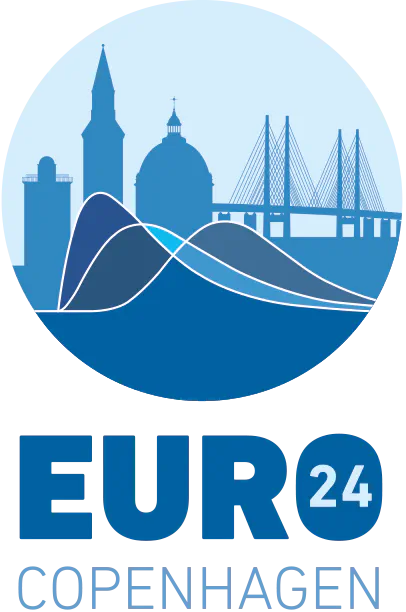An Optimization Model for Determining Access Costs in Rail Freight Transportation

Abstract
The liberalization of European railway markets necessitates a vertical separation governance framework, with Infrastructure Managers (IMs) providing resources and Freight Operating Companies (FOCs) utilizing them. Effective pricing of track access between these entities is vital for profitability and system efficiency. Additionally, achieving a modal shift of freight from road to rail is crucial for road safety and EU objectives alignment. This paper introduces a novel pricing methodology for train paths, optimizing infrastructure utilization by IMs while considering competitive dynamics and environmental impacts. It addresses challenges such as elastic demand, integrating network capacity into pricing strategies, and managing non-additive costs and path interdependencies. The proposed model incorporates dynamic demand patterns, temporally variable capacities, and total revenue considerations across the planning horizon. A discretization-based approach, focusing on irregular time intervals and unit freight tonnage, is developed for solving the continuous model. This involves linking freight tonnage units to a prototype train, with a discrete event simulation model employed. The objective function is also discretized, yielding a finite set of optimization variables to be optimized subject to simulation model. An application of this approach is demonstrated through a case study of the Mediterranean Corridor.